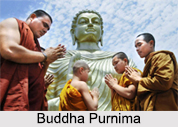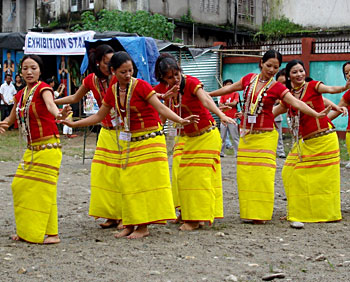 Upanayana is one of the traditional rituals that marked the reception of a student by a teacher and an individual"s way in to a school in Hinduism. The ceremony is performed between the ages of 5 and 24 among the Brahmans, Kshatriyas and Vaishyas. It is a ceremony where a boy begins his "Brahmacharya Ashram" period. Upanayana is the ceremony of passage for the start of formal education of writing, numbers, reading, arts and other skills.
Upanayana is one of the traditional rituals that marked the reception of a student by a teacher and an individual"s way in to a school in Hinduism. The ceremony is performed between the ages of 5 and 24 among the Brahmans, Kshatriyas and Vaishyas. It is a ceremony where a boy begins his "Brahmacharya Ashram" period. Upanayana is the ceremony of passage for the start of formal education of writing, numbers, reading, arts and other skills.
Etymology of Upanayana
Upanayana is generally discussed in ancient Sanskrit texts of India and varies regionally. `Upa` means near and `nayana` means taking, therefore the word means taking the child for education to a teacher. Upanayana literally means "the act of foremost to or near".
Legends of Upanayana
In earlier days, "Upanayana" ceremony used to be observed for three days. Then on the fourth day, a rite called "Medhajanana" used to be performed. After learning the Gayatri mantra during "Upanayana", the child is supposed to do "Sandhya Vandan" thrice a day. It should be performed at an age when the child can chant Sanskrit mantras and can remember as well as understand their meaning.
In case of Kshatriya, "Upanayana" is performed at the eleventh year from the date of birth or from the date of conception. The same is applied in case of Brahmana and Vaishya child. In case of Brahmanas, it is performed at the age of 8 years and in case of Vaishya at 12 years. This sacred thread of "Upanayana" must be given before the 16th, 22nd and 24th year of his age. If it is not done in the given time, then he will be considered as fallen from the duties. In some regions, boys and girls go through the tradition of Upanayana beginning when they start their formal schooling. In ancient and medieval eras, texts such as "Harita Dharmasutras", "Asvalayana Grhya Sutra" and "Yama smriti" suggest women could start Vedic studies after the Upanayana ceremony of passage.
Rituals and Celebration of Upanayana
There are various rites, which are connected with "Upanayana". Some of them are-
•Last feeding by the mother (Matribhojan)
•Choula (tonsure and bath)
•Wearing loin-cloth and Mounji girdle (Kaupina)
•Putting on yajnopavita (scared thread)
•Carrying danda (staff)
•Initiation by Guru through recitation of Gayatri mantra
•Seeking of alms by the boy (Bhiksa)
•Adopting sandhyavandan prayer for life
The child needs to keep three or one fast prior to three days of the "Upanayana" ceremony. During these three days the child of Brahmana can take milk once or many times, son of Kshatriya can take barley gruel, which is crushed and boiled in water by mixing sugar. The child of Vaishya can complete his fast by taking once or many times by taking `Shrikhanda`. This is prepared by taking curd four part, milk one part and sugar in proportionate quantity and saffron. It is prepared by sorting this curd through a clean cloth piece. They should take only the above-prescribed food whenever they feel hungry and cannot drink or eat anything else. The sacred thread of "Upanayana" has three folds, which represent three Gunas (satva, raja and tama). A knot named `Brahmagranthi`, which symbolizes Lord Brahma, Lord Vishnu and Lord Shiva, ties the three strands together.
The attire of the child during "Upanayana" has an important significance. "Yajnopavita" is one of such special one, which should be 96 times the breadth of the four fingers of a man that is equal to his height. Each finger represents the four states of consciousness of the soul, such as `waking` (jagrat), `dreaming` (svapna), `deep sleep` (sushupti) and `transcendental consciousness` (turiya).
Upanayana system once spread among the `Sudras` also only without pronouncing the Gayatri and other mantras. But now, it has remained mainly as a caste mark for the so-called higher castes. The ritual is now performed mainly before marriage just to wear that sacred thread.



















